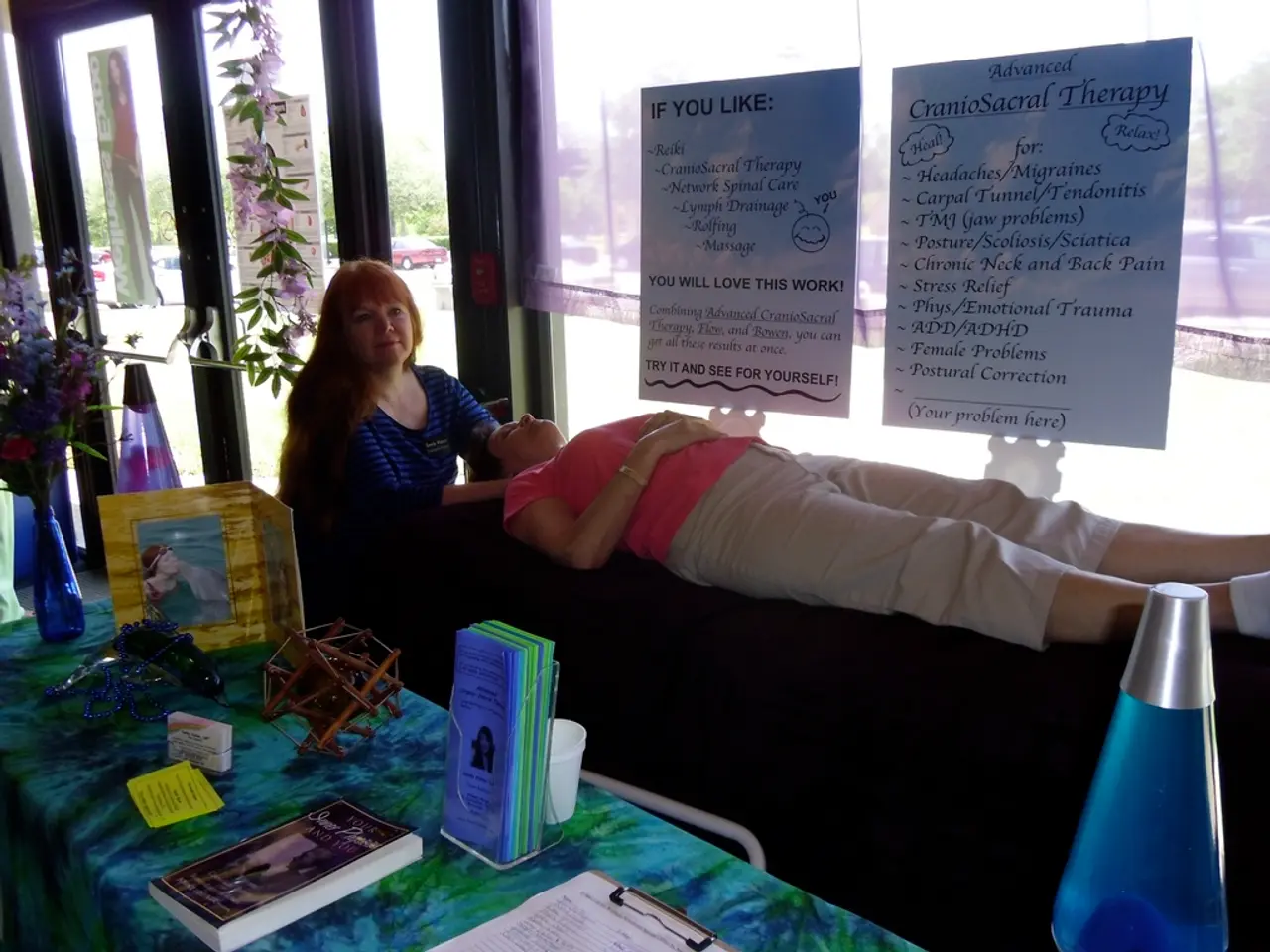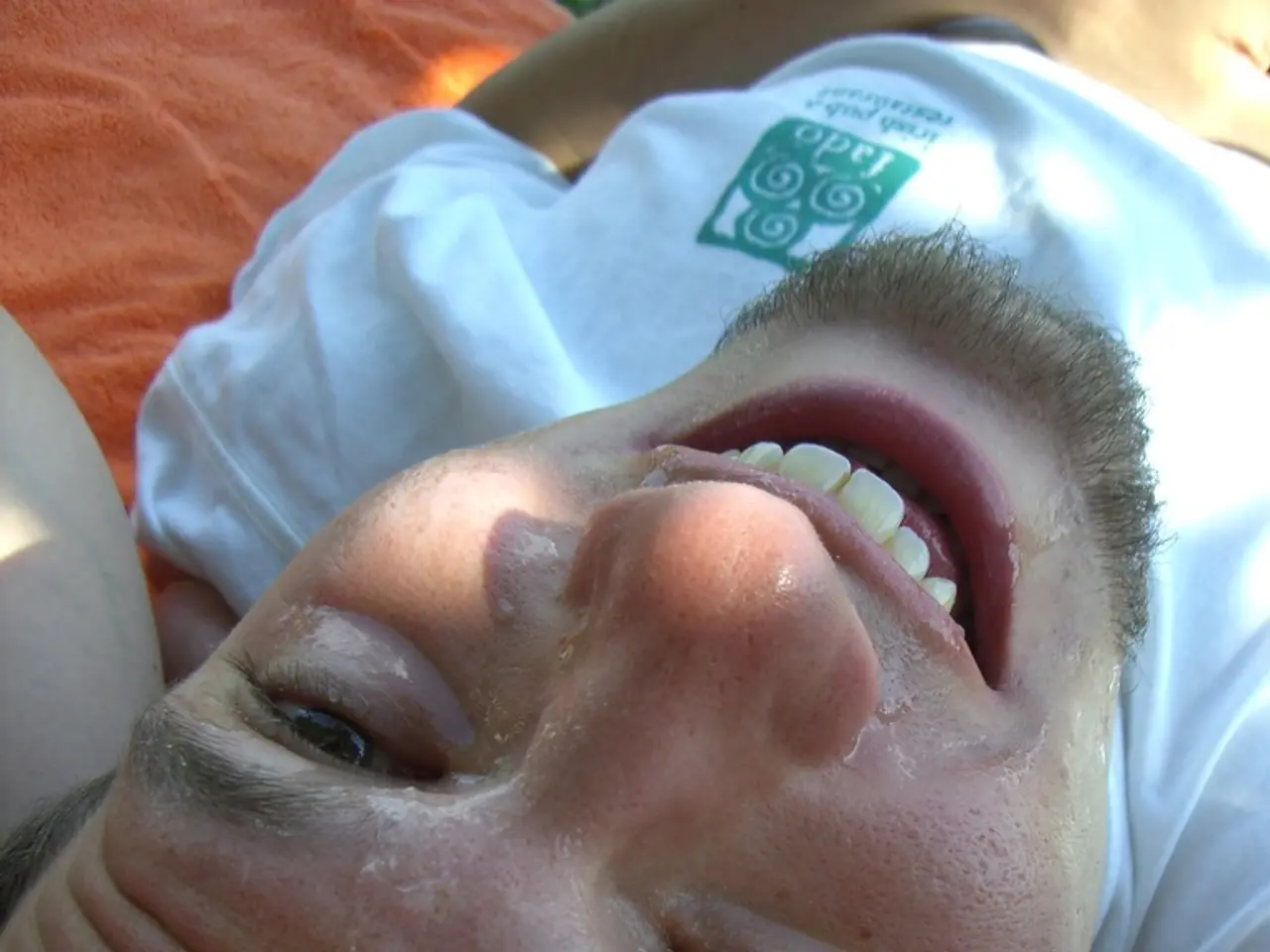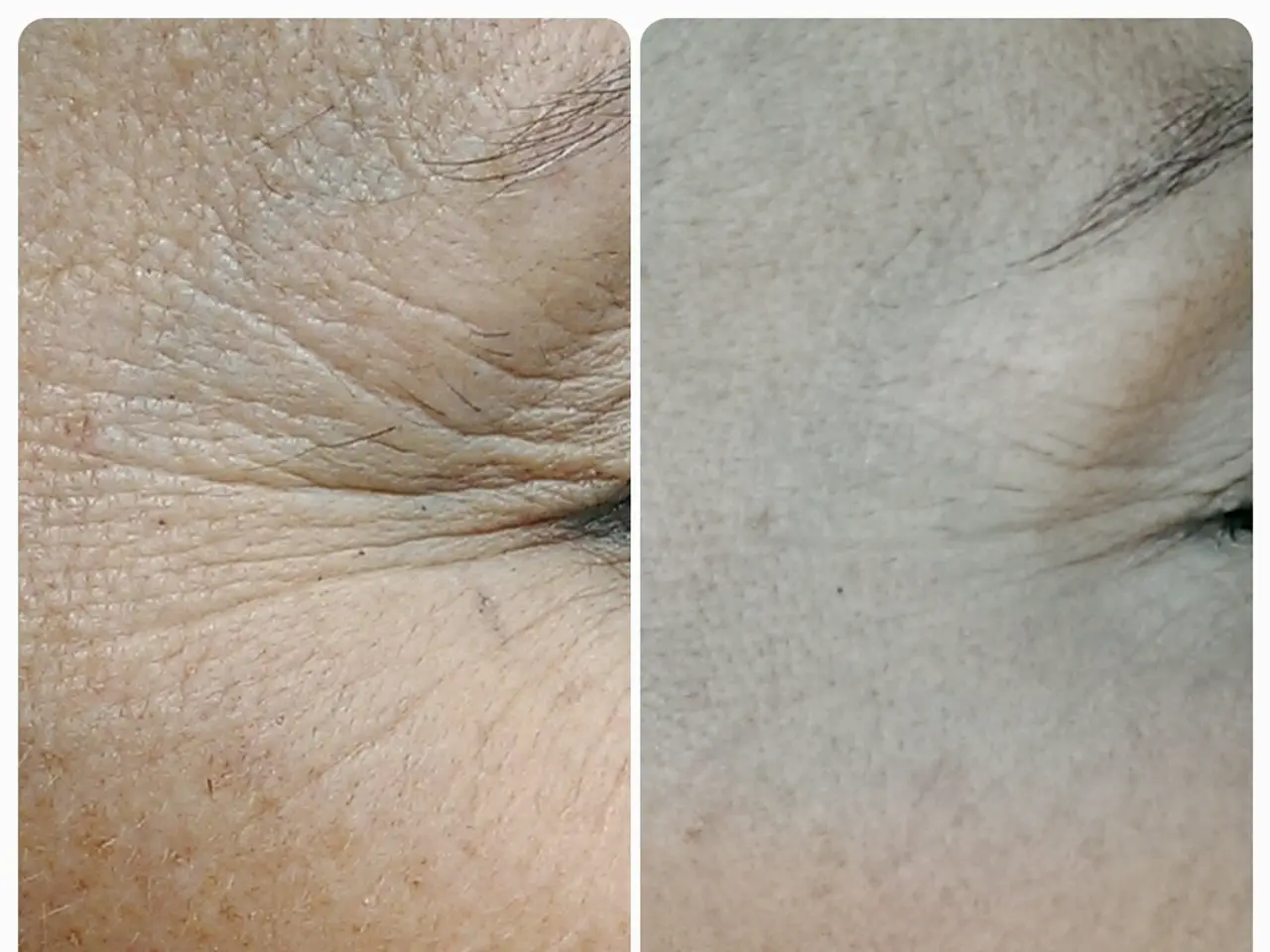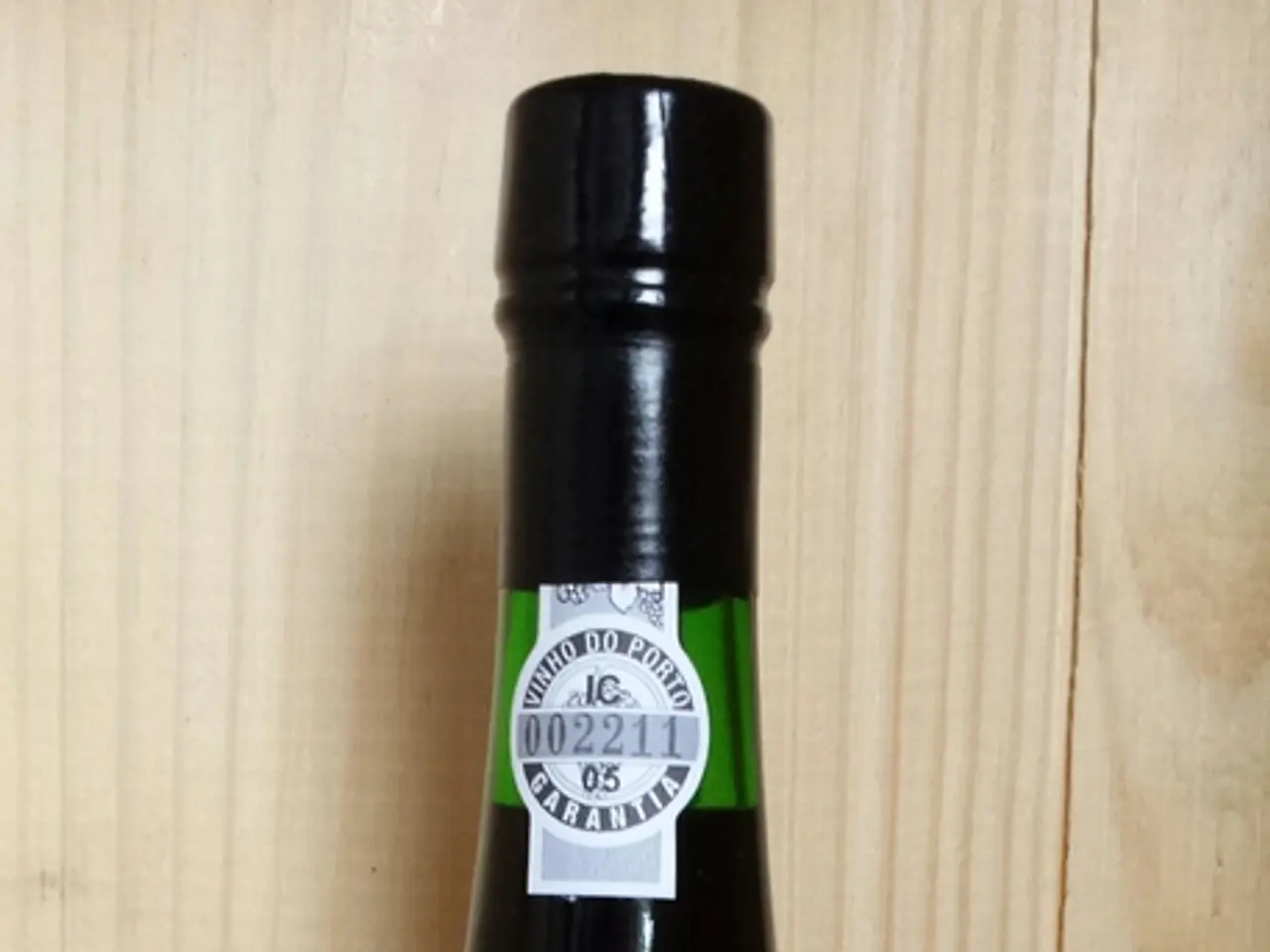Treatment for Depression through Transcranial Magnetic Stimulation: Legitimate or Sham?
Transcranial Magnetic Stimulation (TMS), a non-invasive, FDA-approved therapy, has emerged as a promising treatment option for depression. Since its approval in 2008, TMS has demonstrated a high success rate, particularly for those struggling with treatment-resistant depression.
The Advantages of TMS for Depression Treatment
Effectiveness
TMS has been shown to improve depressive symptoms, with protocols like dual-rTMS and high-frequency rTMS targeting the dorsolateral prefrontal cortex (DLPFC) exhibiting notable antidepressant effects, sometimes superior to unilateral stimulation [1][3].
Non-invasive and Safe
One of the significant advantages of TMS is its non-drug, non-invasive nature. It does not require anesthesia or sedation and is considered safe during breastfeeding. The most common side effect is mild headache, which usually resolves shortly after treatment [3][4].
Rapid Symptom Relief
Unlike antidepressant medications that might take weeks or months, many patients begin to feel symptom improvement within a few weeks of TMS treatment [2].
Neuroplasticity Enhancement
Research suggests that TMS promotes neuroplasticity, improving the brain’s responsiveness to psychotherapy and medication, potentially augmenting overall treatment effectiveness [2].
Sustained Benefits
Some studies report that the benefits of TMS can last for months to years after completion of the sessions, contributing to longer-term remission rates [3].
The Disadvantages of TMS for Depression Treatment
Treatment Duration and Commitment
Standard TMS treatments typically require daily sessions for 4–6 weeks, each lasting about 20 minutes, which can be time-consuming and a logistical burden for patients [1].
Limited Evidence for Some Protocols
While dual-rTMS shows promise, the evidence mainly comes from a limited number of randomized controlled trials, so its consistent superiority over other forms remains to be conclusively demonstrated [1].
Variable Response Rates
Although approximately 50–60% of patients with treatment-resistant depression respond to TMS, a significant subset may not benefit sufficiently, necessitating alternative treatments [2].
Cost and Accessibility
TMS can be expensive and is not always covered by insurance. Access to treatment centers may be limited geographically.
Side Effects
Though minimal, side effects may include headaches, scalp discomfort, and rarely, the risk of seizures (very low incidence).
In conclusion, TMS offers a well-tolerated, effective, and increasingly accessible alternative or adjunct to conventional depression treatments, especially for those unresponsive to medication. However, considerations around treatment duration, cost, and variable individual response should be weighed when choosing this option [1][2][3][4].
It's crucial for each patient to do their own research and understand what TMS is, how it works, and what to expect based on real-world examples and verified statistics. The platform offers TMS therapy at all of their 20+ locations to help as many people as possible rediscover hope and possibilities in their lives.
Some patients may experience a "TMS Dip" as the brain begins to reset, which can feel like a relapse and cause fatigue, irritability, sadness, or continued feelings of depression. Prohibitive costs can cause patients to cancel treatment before finishing the full series, resulting in limited or no relief from depression or anxiety.
MindfulONE, a new and groundbreaking one-day option, condenses weeks of TMS treatments into just one day, making it more accessible for those with time constraints. While most insurances do cover TMS, there may still be out-of-pocket costs like copays.
TMS encourages the release of neurotransmitters like dopamine and serotonin, over longer periods of time compared to traditional antidepressants. TMS therapy takes place over the course of several weeks, requiring several appointments, and some patients may need extended sessions or may have to combine TMS with traditional medication.
[1] George MS, et al. The TMS Clinic of Tampa: 10-year experience with transcranial magnetic stimulation for treatment-resistant depression. Depress Anxiety. 2019;36(1):59-67.
[2] Aaronson ST, et al. A randomized, controlled trial of repetitive transcranial magnetic stimulation for major depressive disorder. Biol Psychiatry. 2005;58(11):1169-1176.
[3] O'Reardon JP, et al. A multisite, naturalistic, observational study of the efficacy and safety of transcranial magnetic stimulation for major depressive disorder. Depress Anxiety. 2010;27(9):808-817.
[4] Prikryl A, et al. Safety and efficacy of repetitive transcranial magnetic stimulation in the treatment of major depressive disorder: a systematic review and meta-analysis of randomized controlled trials. J Clin Psychopharmacol. 2018;38(4):322-331.
- In the field of mental health, Transcranial Magnetic Stimulation (TMS) demonstrates potential as a science-backed treatment for depression, holding a notable advantage in its success rate for treatment-resistant depression cases.
- TMS, being a non-invasive therapy, stands out in the health-and-wellness arena due to its non-drug nature, the absence of anesthesia or sedation, and its safety during breastfeeding.
- The quick symptom relief offered by TMS sets it apart from traditional antidepressant medications, with many patients experiencing improvement within a few weeks of treatment, instead of weeks or months.




